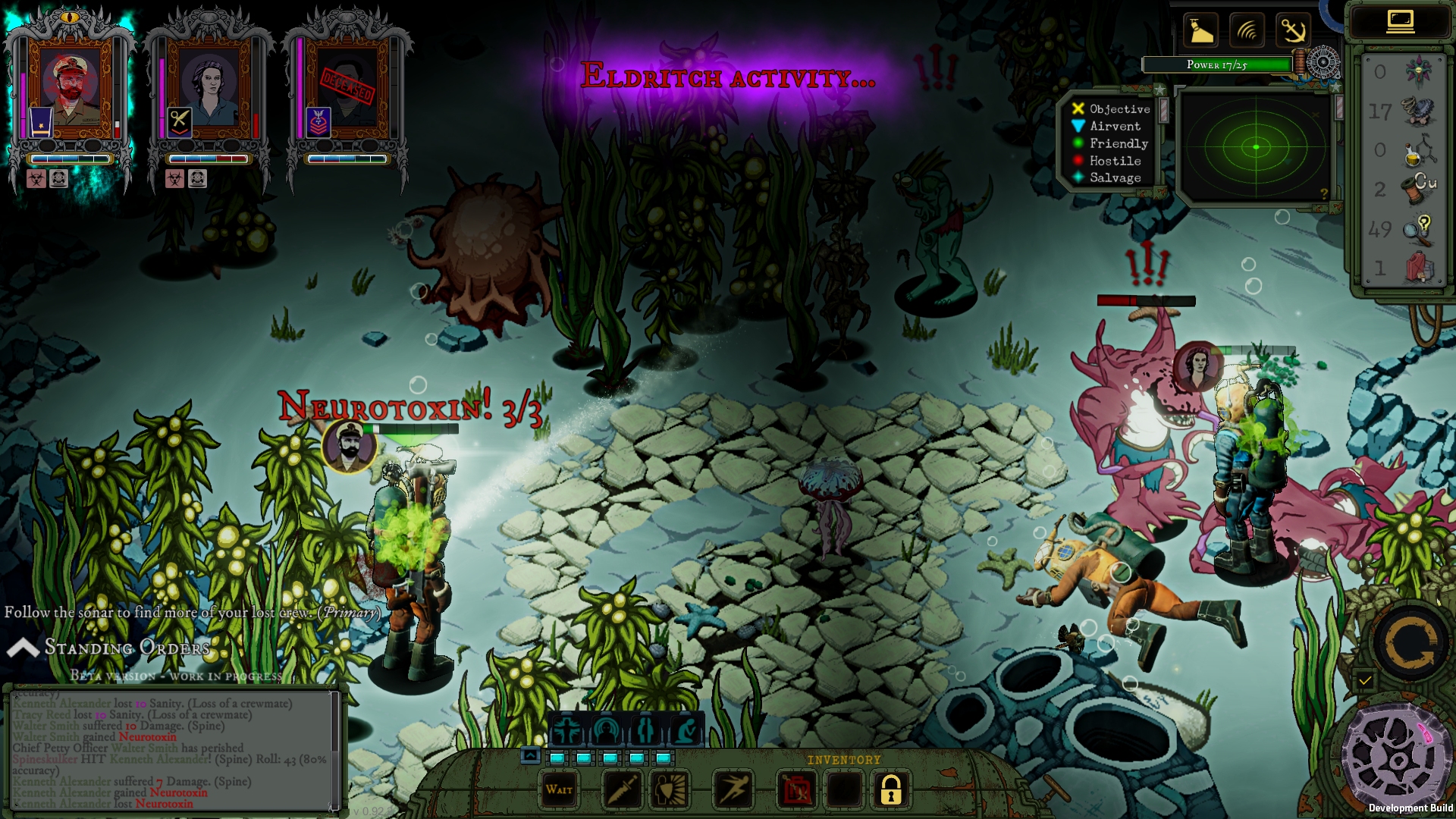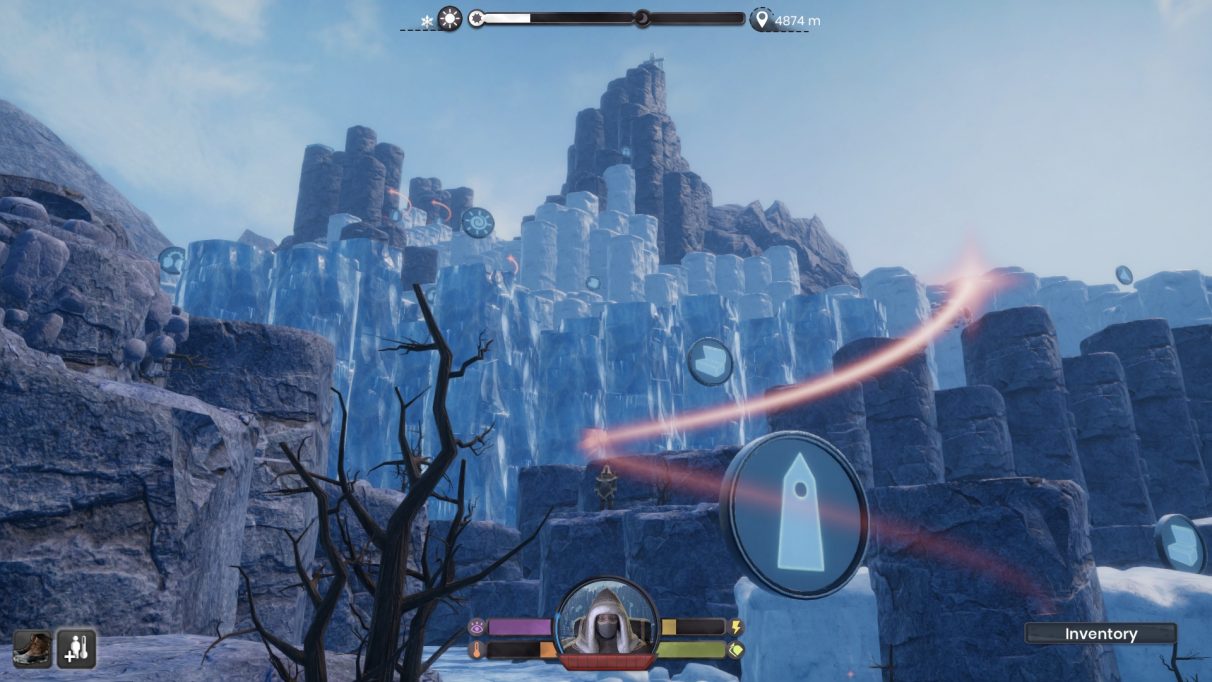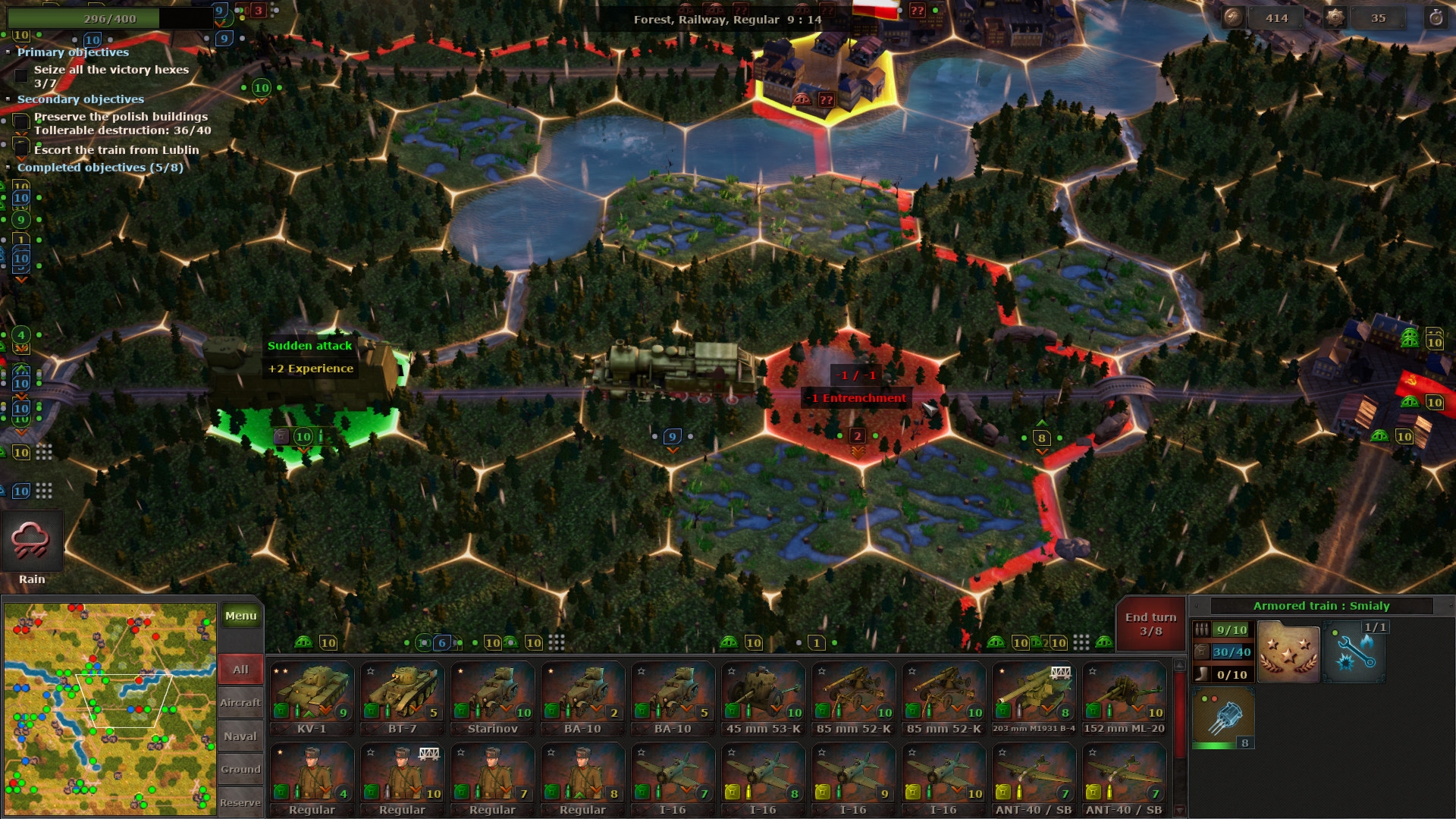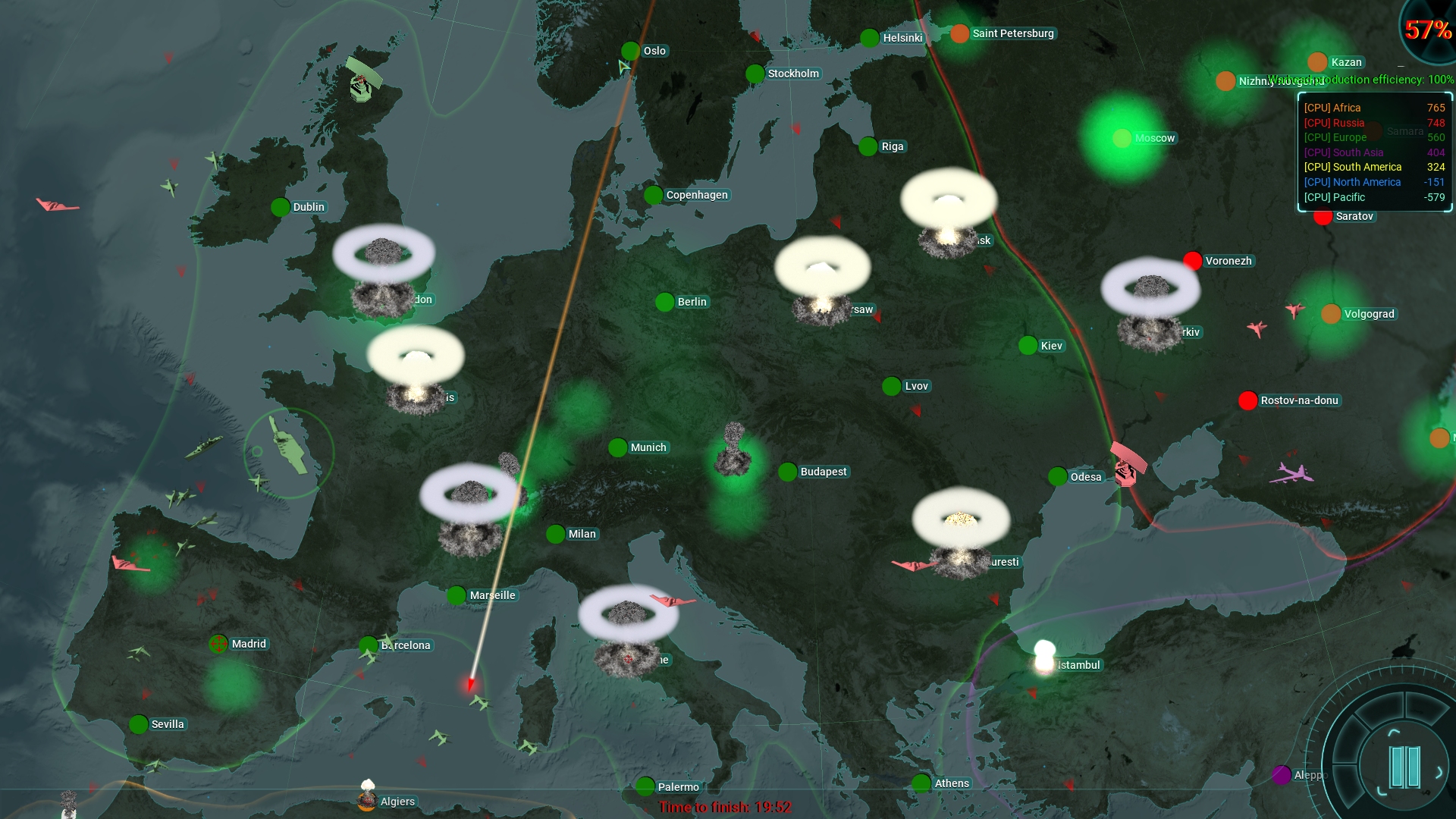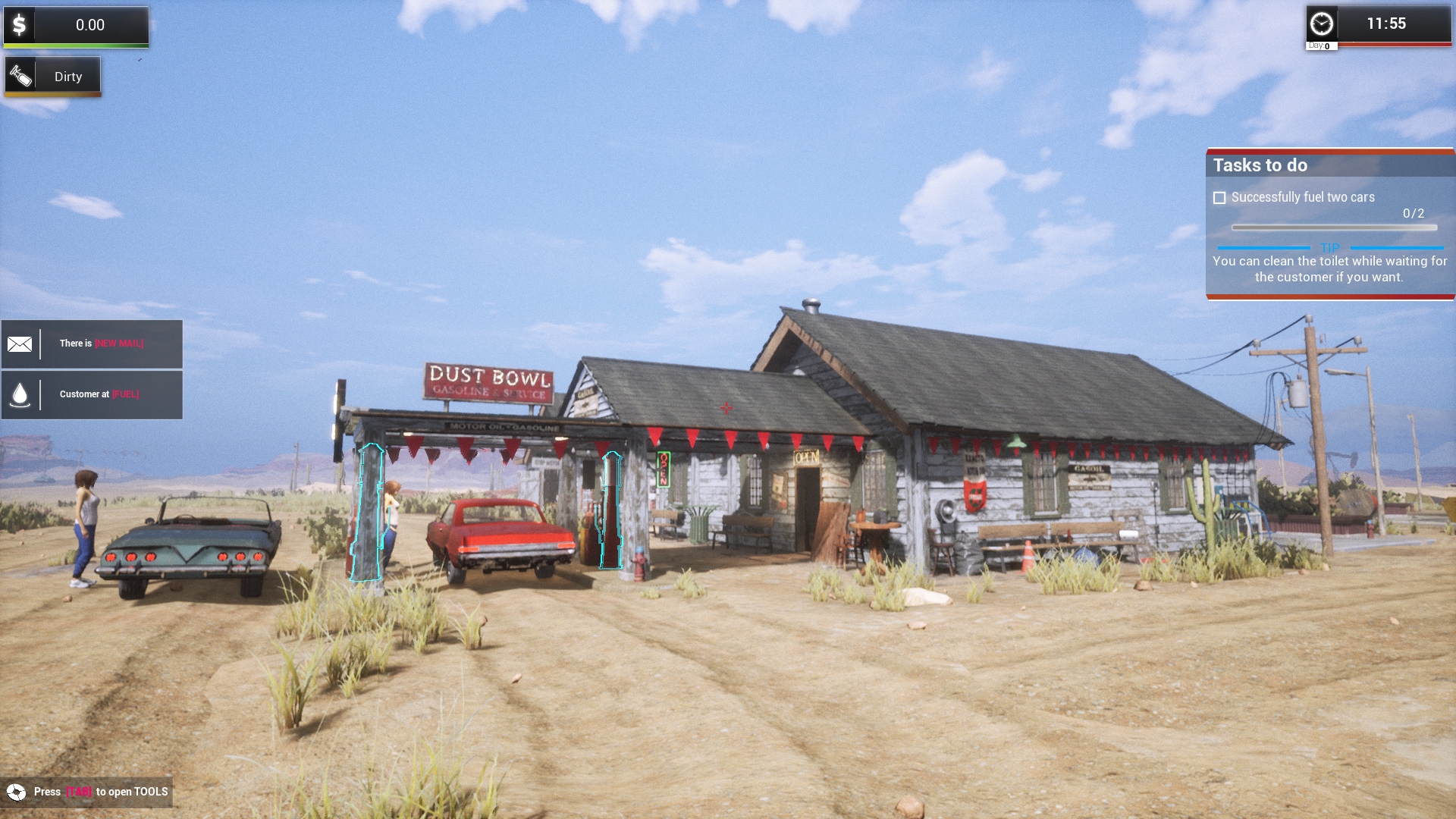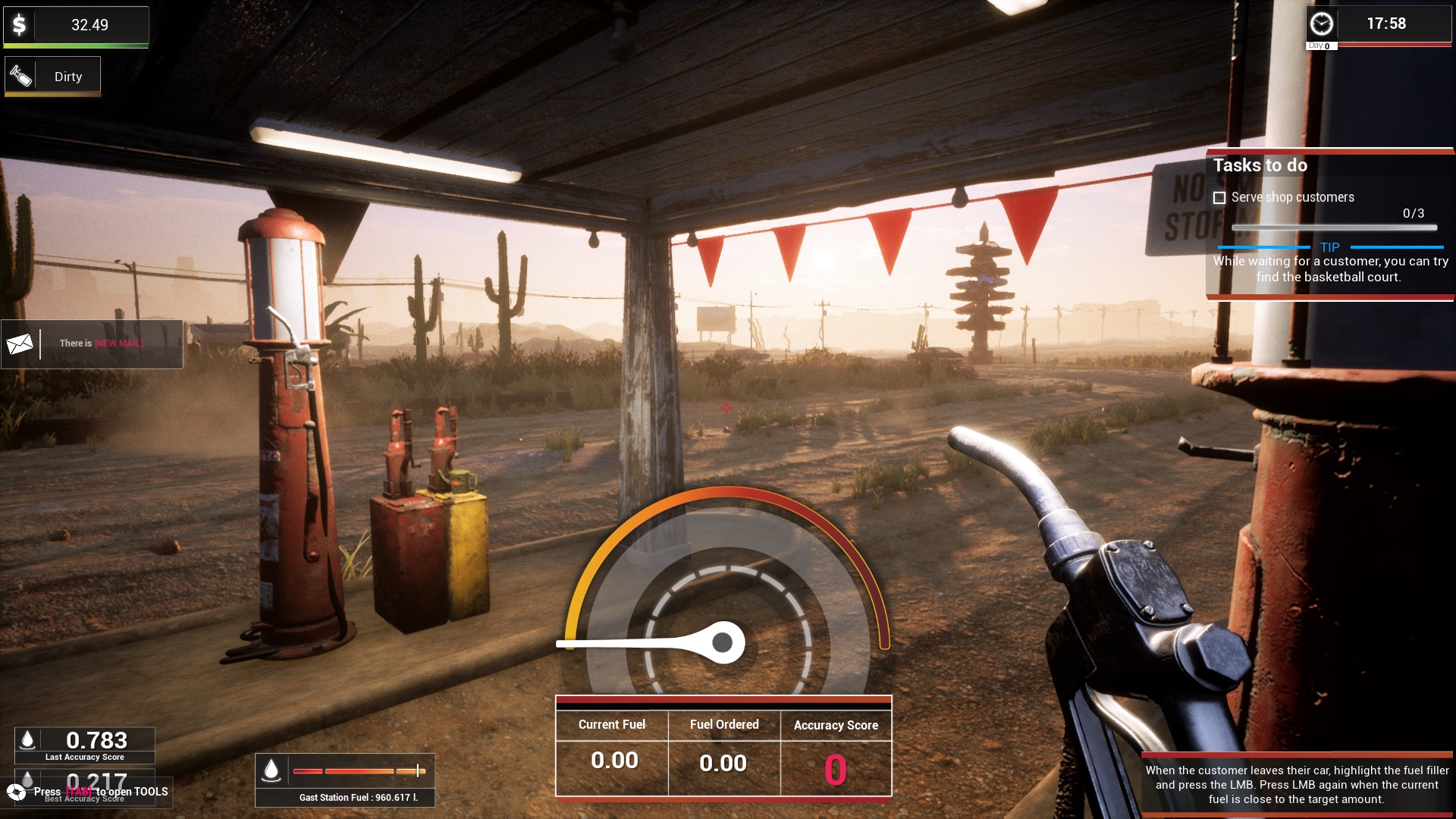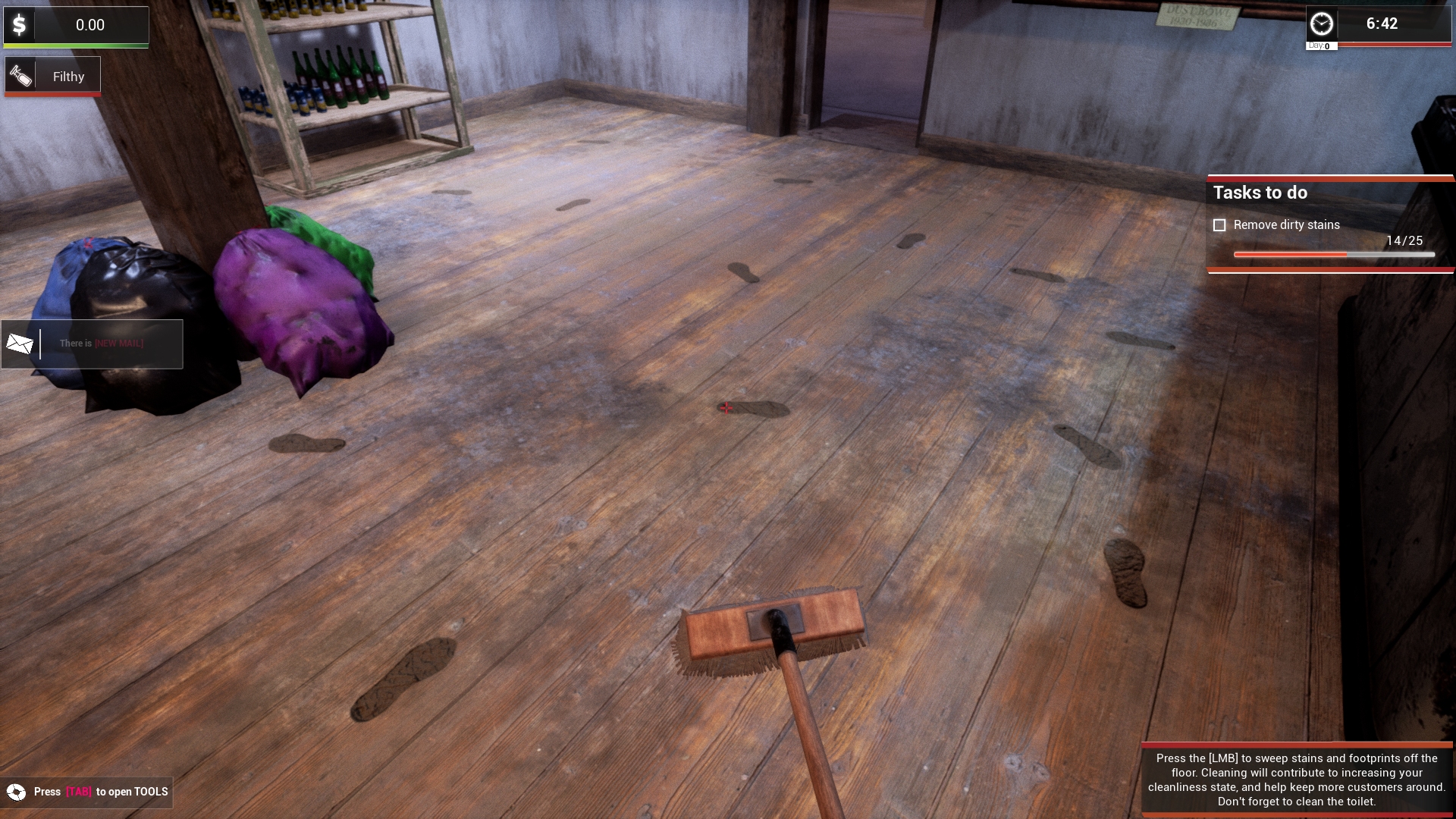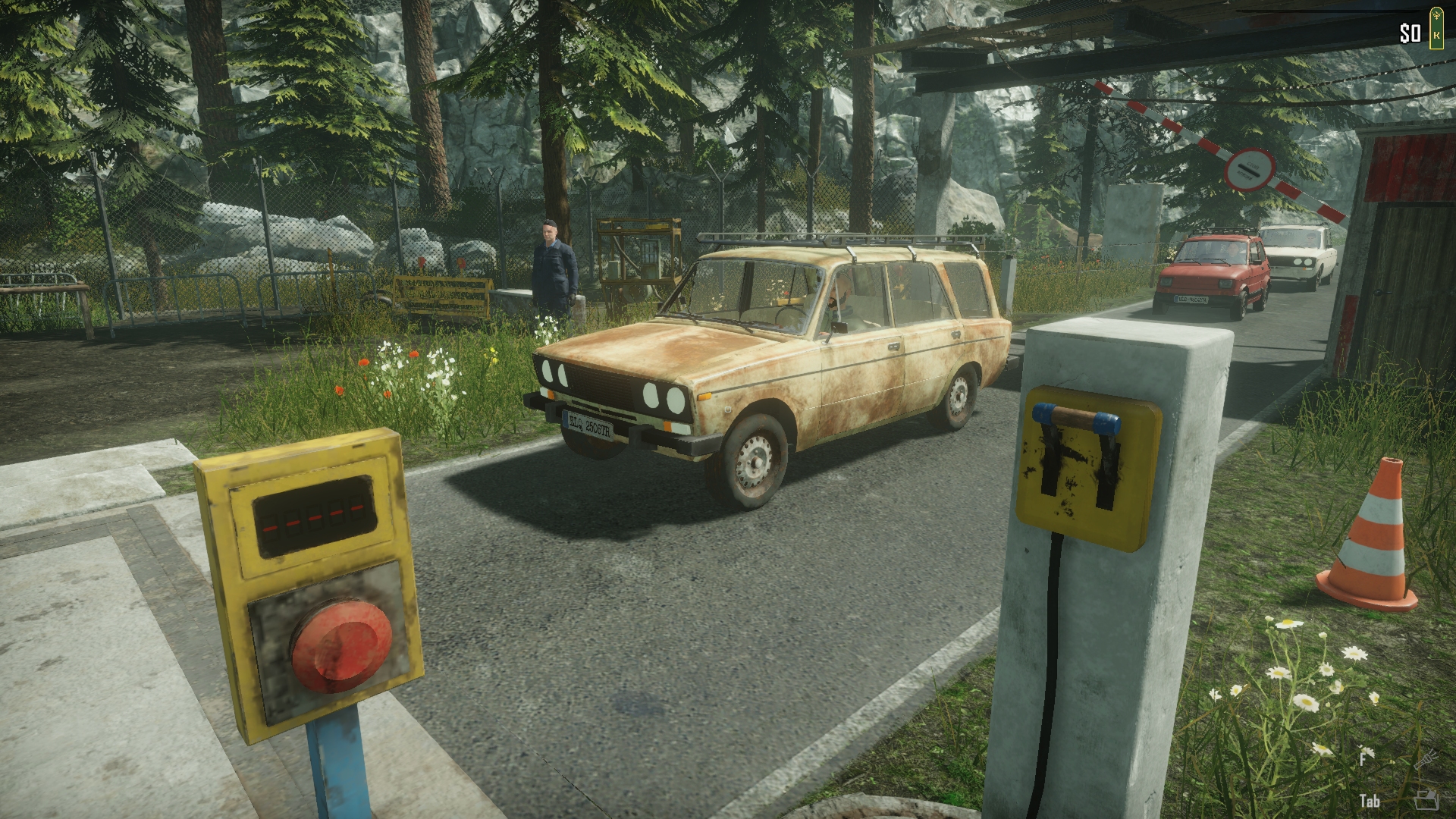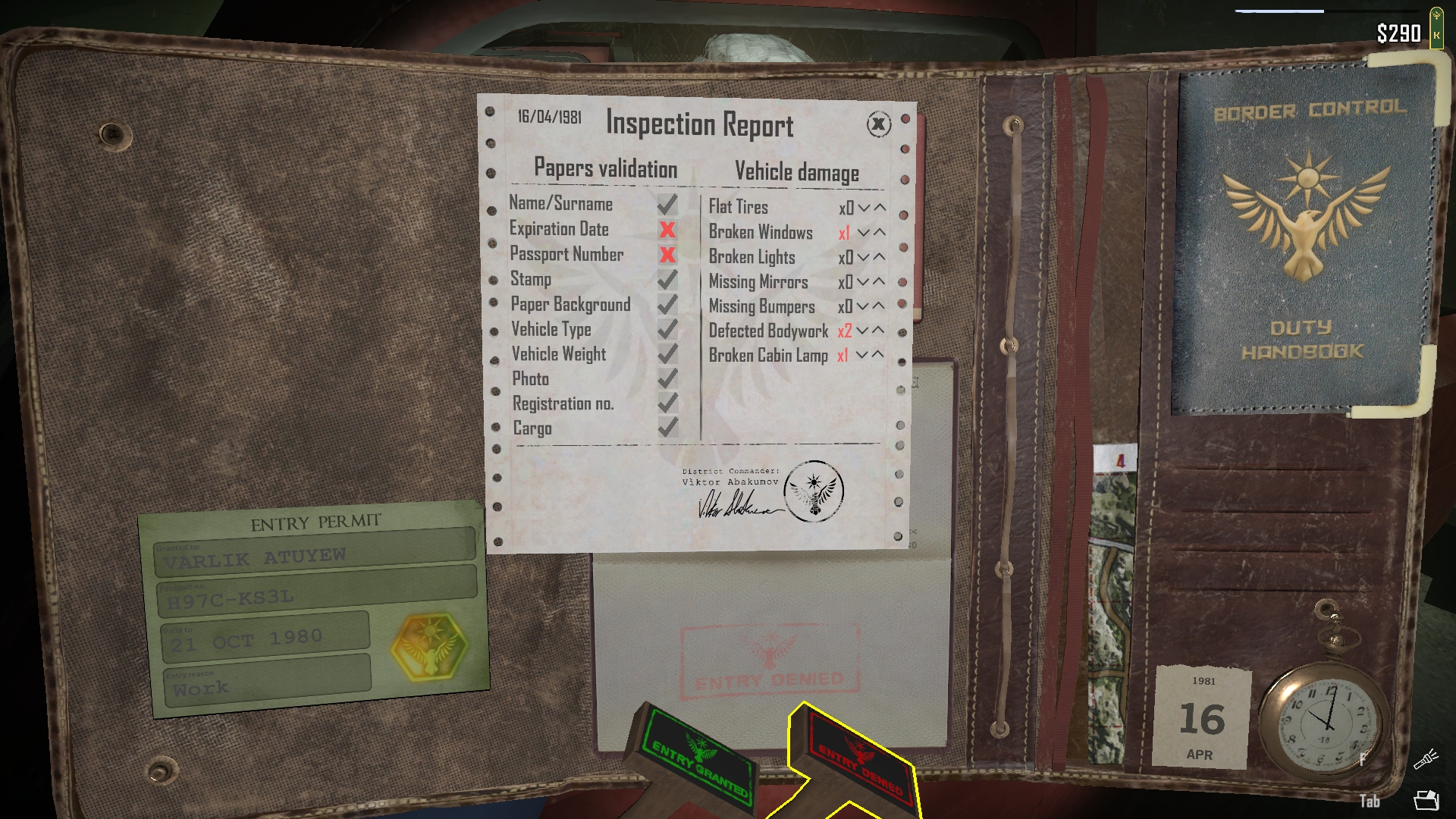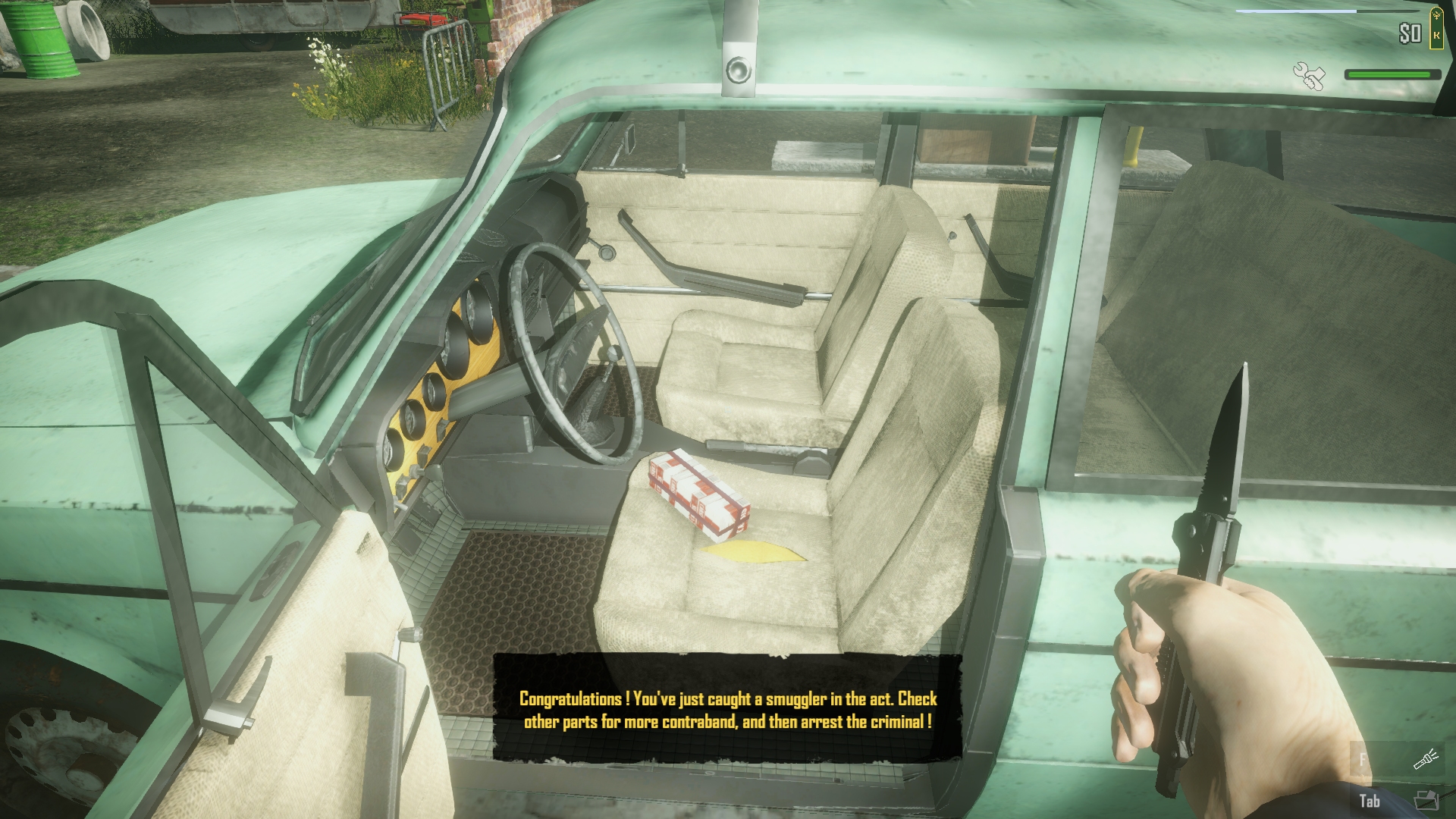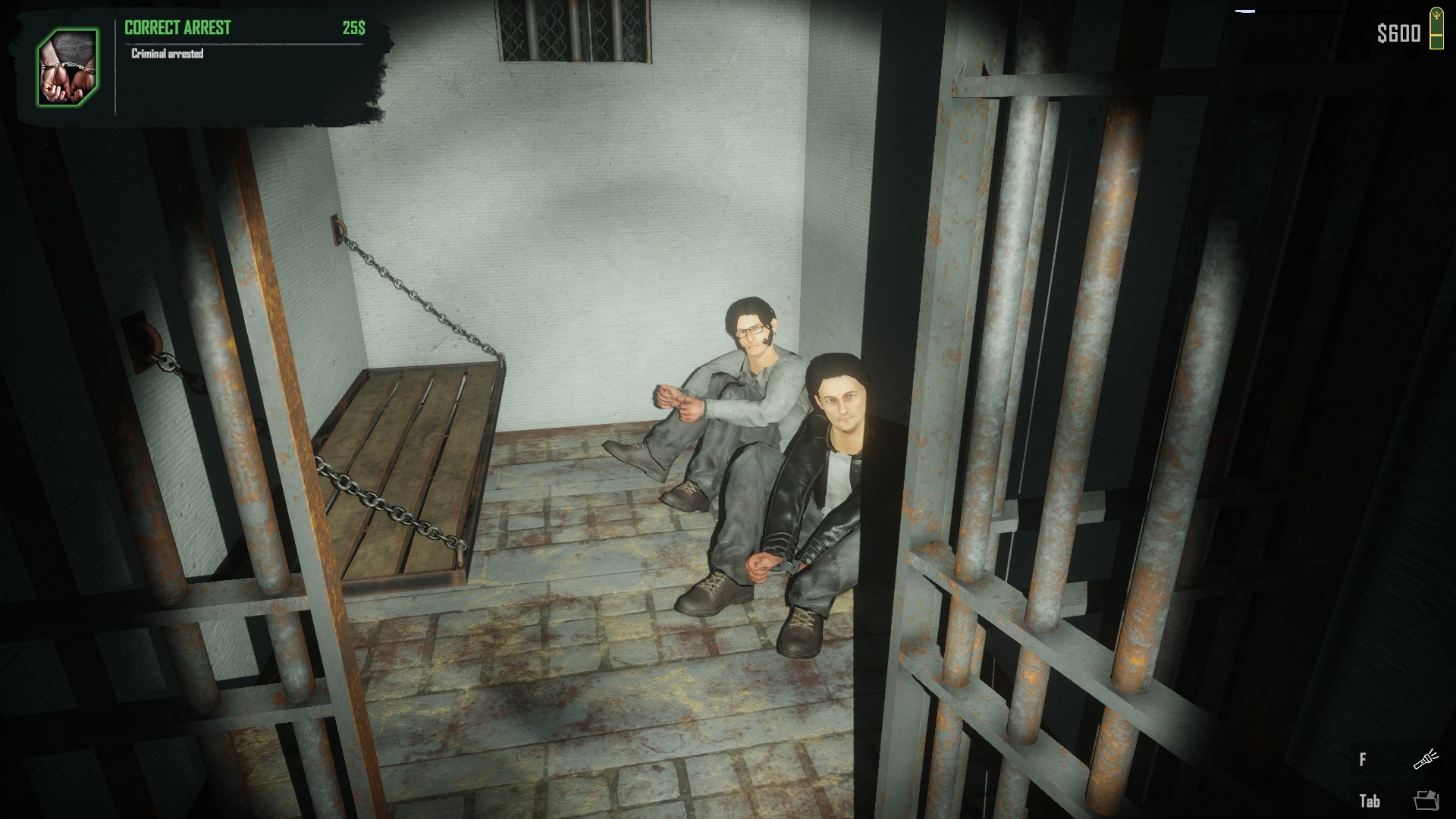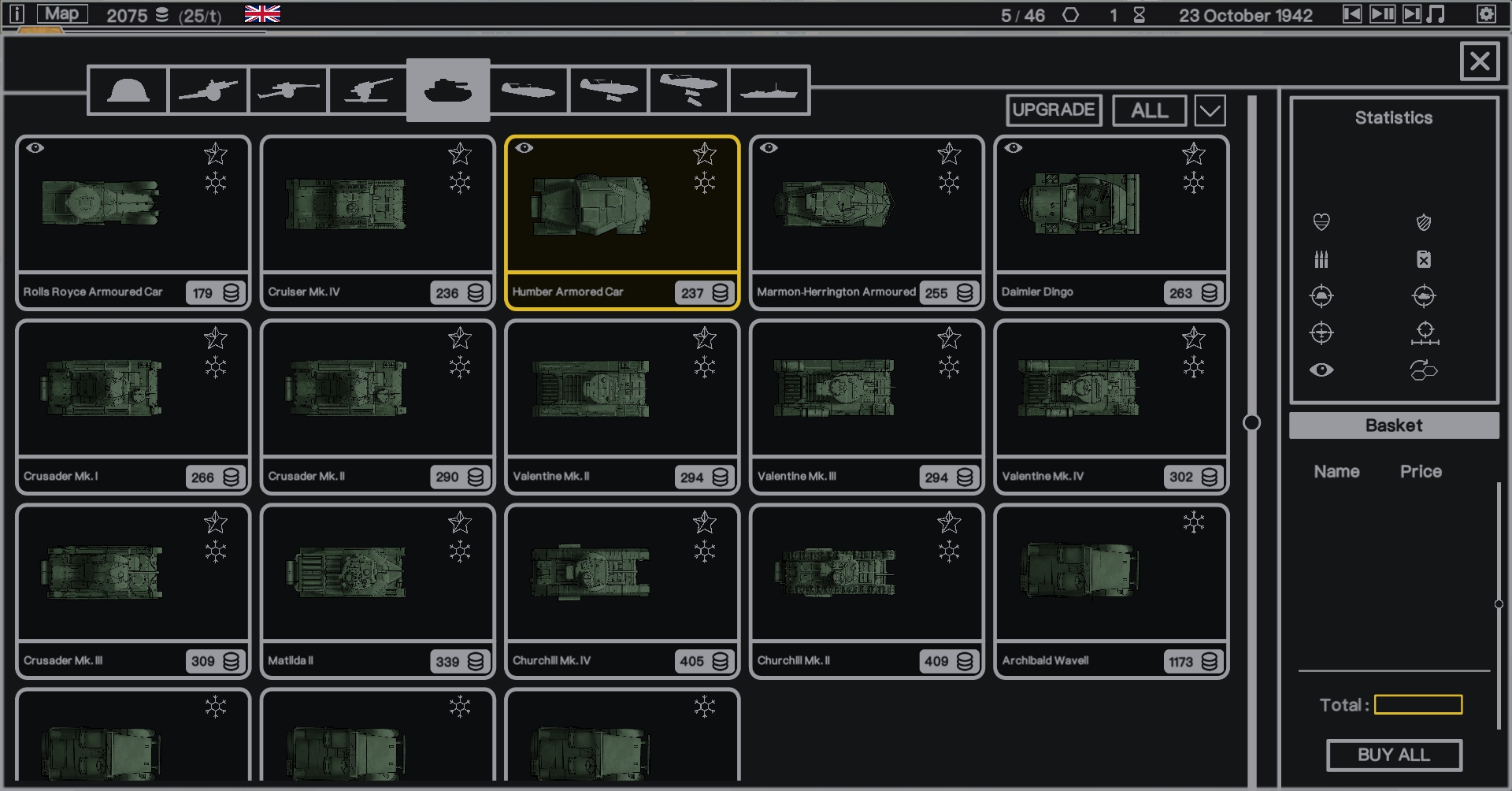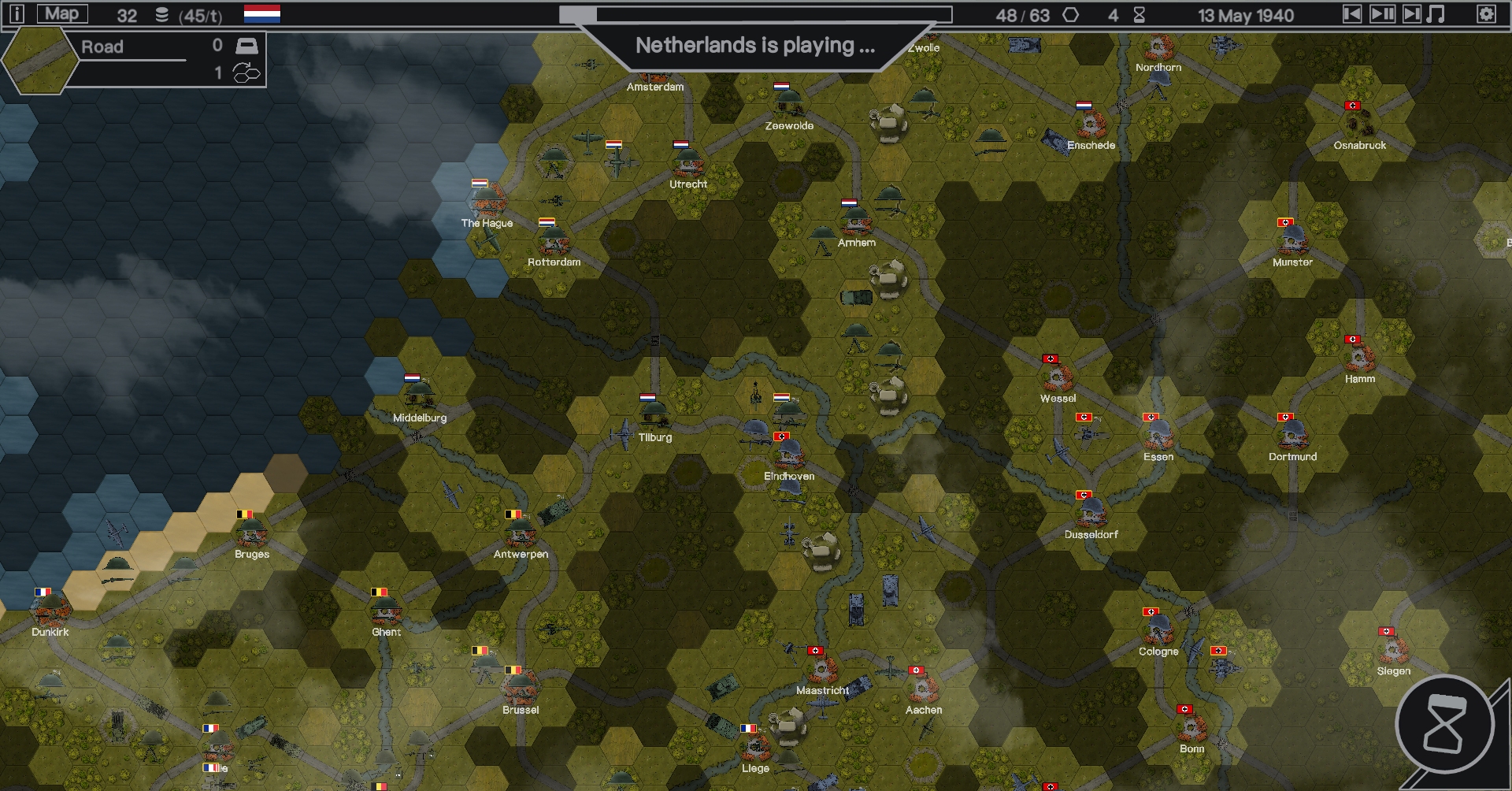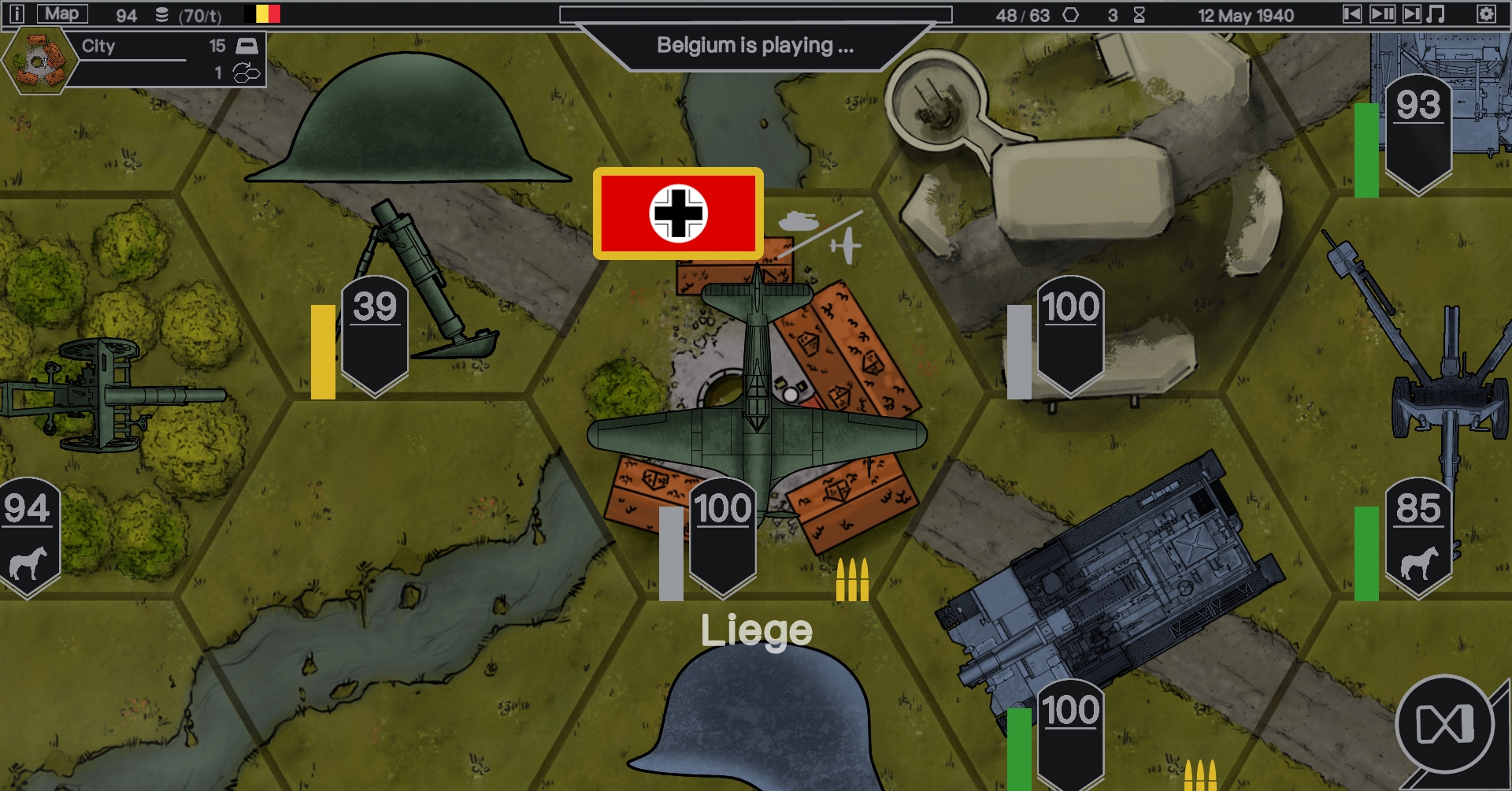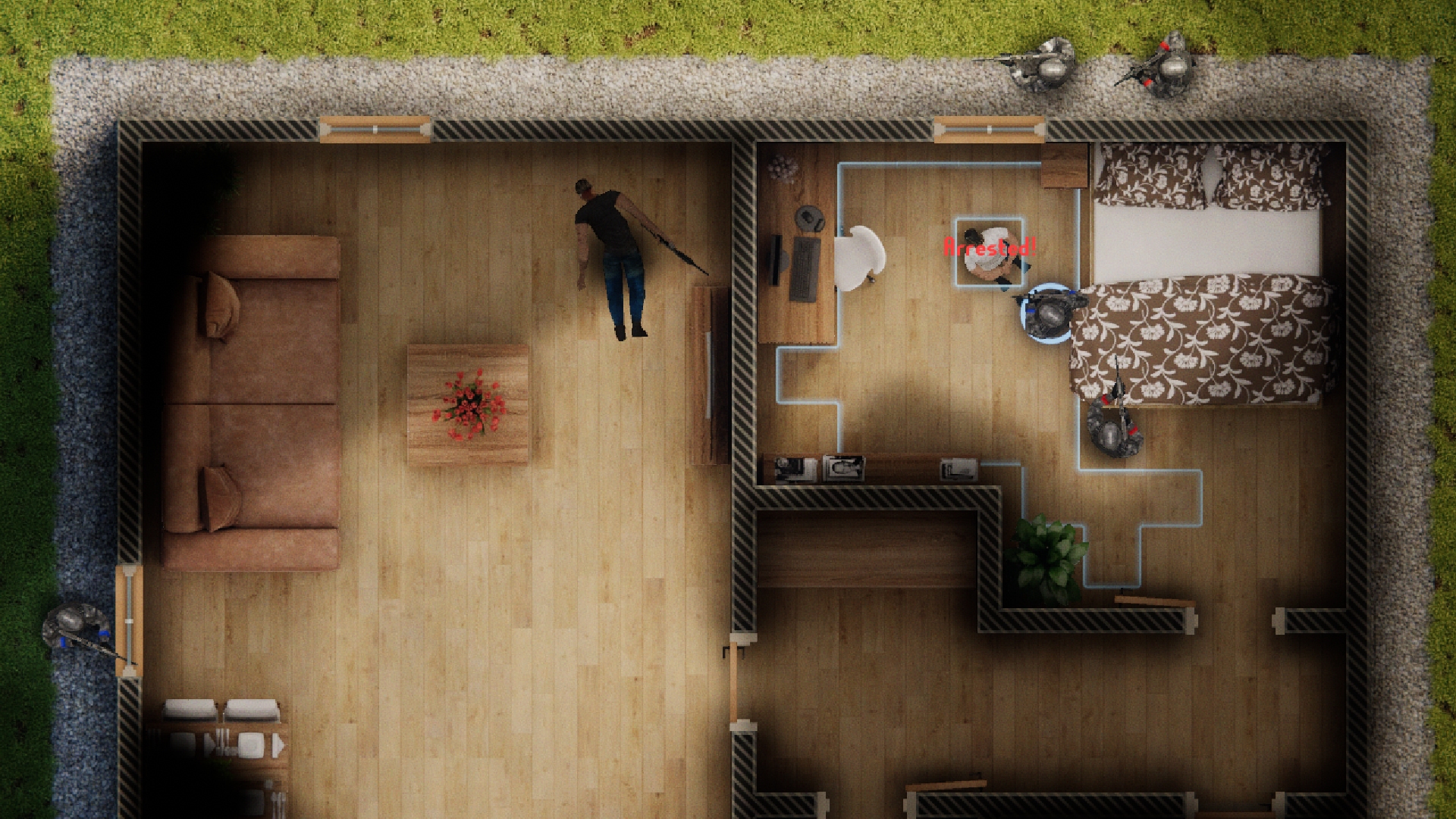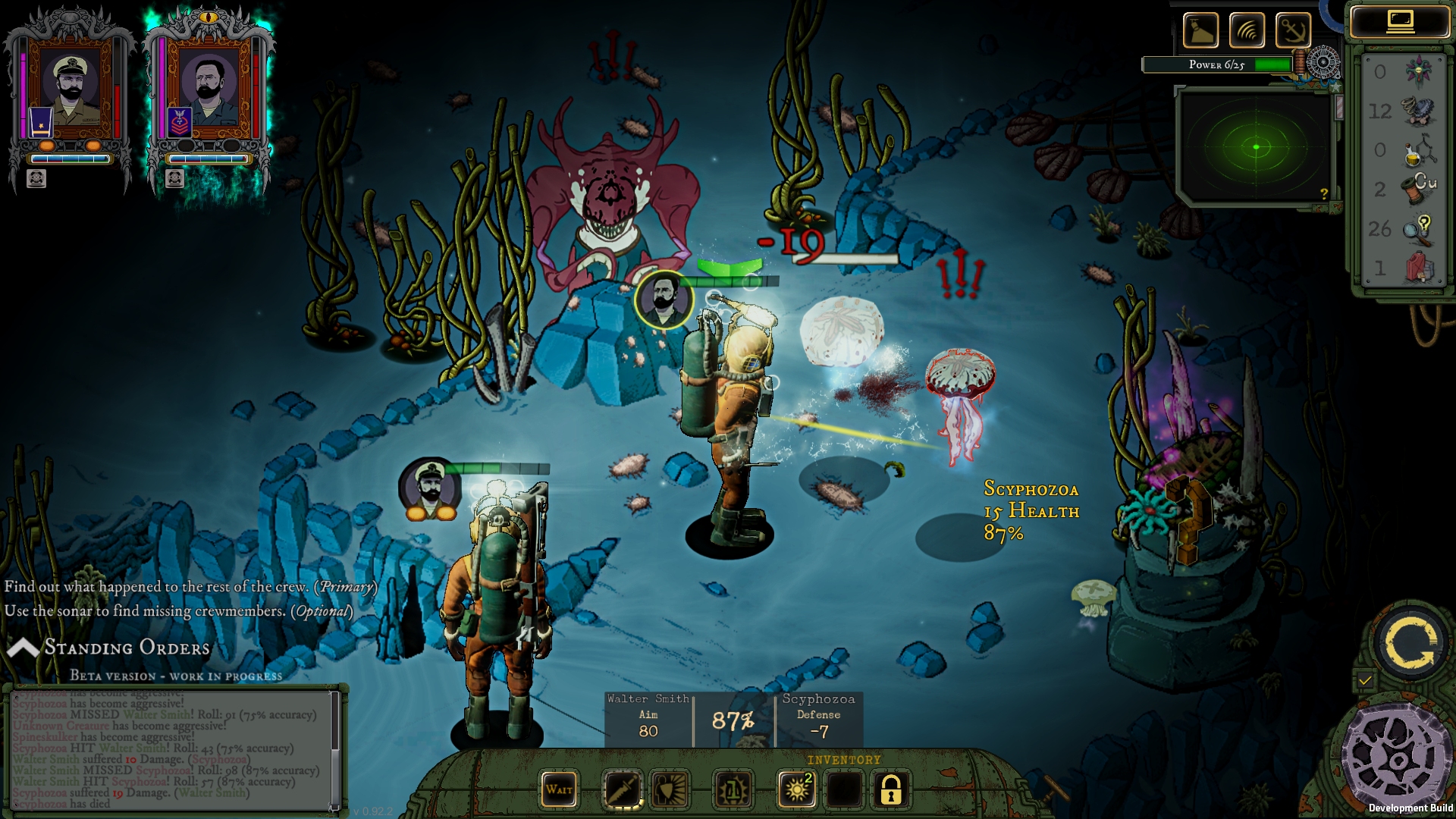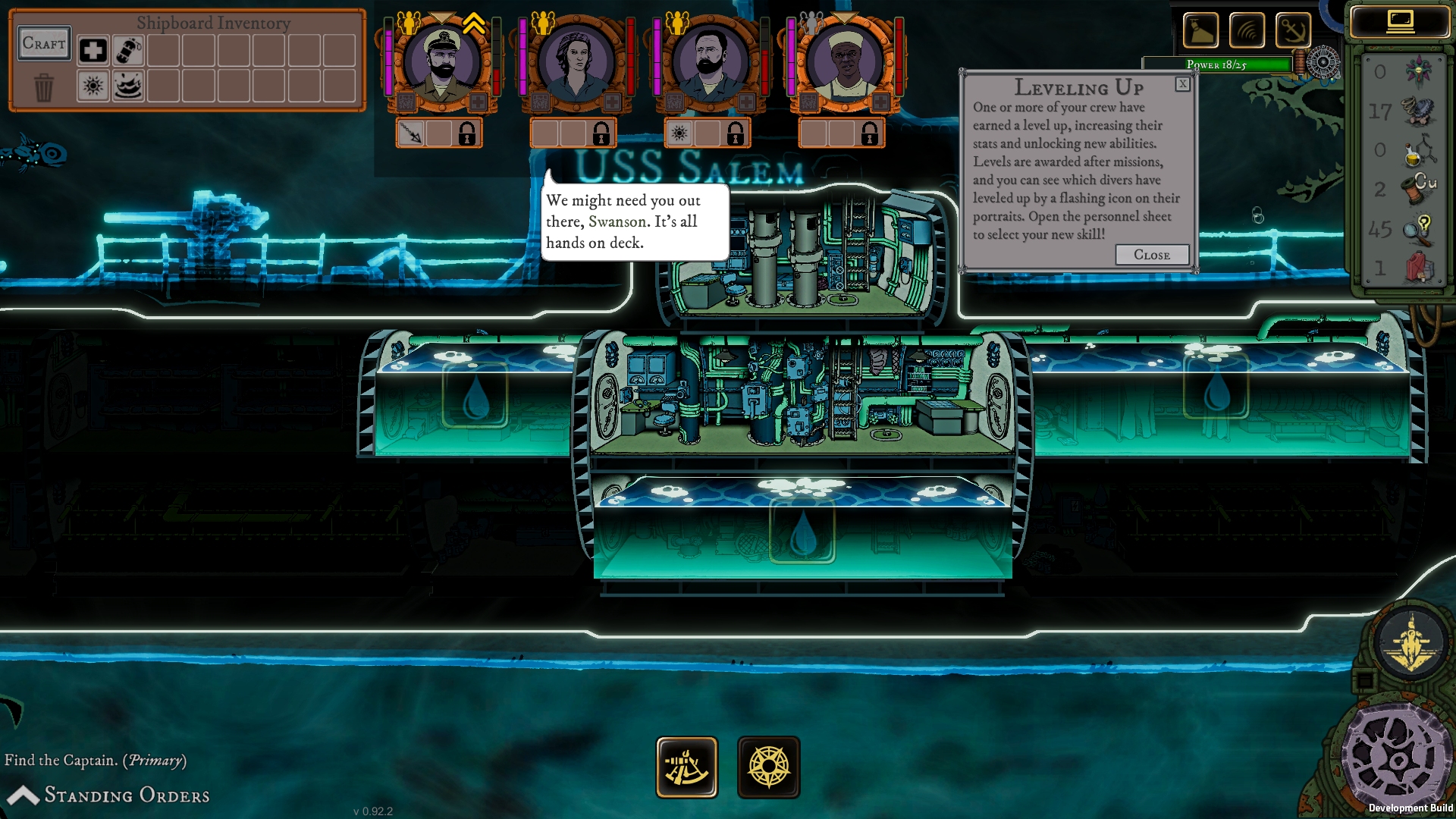I wanted to burn the following appetisers onto a CD then sellotape the disc to the front cover of today’s column but Graham said that was “technically impossible” so links and enticing descriptions will have to suffice. Be aware that most of the demos detailed below will self-destruct when the ongoing Steam Game Festival ends next Tuesday, and that the line-up is the result of careful curation not haphazard Googling. Not all of the trials I played this week passed my fussy quality control criteria.
For instance, Strategic Mind: Spectre of Communism’s demo was rejected for being absurdly bulky (18.6 GB for a small piece of a Panzer General-like!) and having a daft name.
ICBM’s trial was shunned for failing to include a single-player mode and for wearing its horribly cold heart on the sleeve of its NBC suit.
The only crime the BAO demo committed was making me feel as thick as two short planks. My head started spinning halfway through the tutorial for this traditional East African board game, and, displaying zero grit, I sheepishly threw in the towel. Sorry, BAO.
Things were looking promising for the Gas Station Simulator trial until it revealed its pedantic and preposterous sides.
Note to DRAGO Entertainment. Motorists usually don’t shout “NO! NO! NO!” then drive off without paying when you overfill their petrol tanks by a few hundred millilitres.
Note to DRAGO Entertainment. Footprints generally come in pairs. So much for the rejects. Here are the demos that made me grin, nod, and marvel. Here are the demos I played more than once… the demos that reminded me of the golden years when gaming mags came with smorgasbords of fun fixed to their front covers.
The outlandish sim concepts that most studios discard the morning after the pub brainstorming session, PlayWay, bless their cotton socks, bring to fruition. Although Contraband Police (“Coming Soon”) looks from a distance like a joke taken way too far, the demo suggests the gimmicky premise, the vodka gags and occasional outbreaks of violence will come with plenty of that unquantifiable stuff than no self-respecting games critic refers to by name.
Manning a border post in fictional East European state, Acaristan, you’re expected to do lots of Papers, Please-style document checking. Is his passport out of date? Is she actually the woman in the photo? Is that stamp kosher? You also earn bonuses for recording car defects and for catching smugglers.
I was wondering how the sim would telegraph guilt. Going by the trial it will be done solely through a tip-off system. Instead of slashing the seats and taking an angle grinder to the bodywork of every vehicle that stops on your weighbridge (overloaded trucks can be turned away) clues pinned to the post’s noticeboard encourage you to vandalise particular ones. A fragment of name or number plate, a car of a specific make and colour… these rather than sweat beads and suspicious replies will be our red flags. Assuming the clues are a little subtler than they are in the demo, the system should, in combination with the paperwork forensics and the routine car inspections, ensure engrossing shifts.
There’s no technical reason why, with slightly simpler sprites, Until the Last Plane couldn’t have been a ZX Spectrum game. If CarloC’s genre-spurning WW2 squadron management novelty had been around in the 1980s I’m sure I would have played it to death, and today it would be filed alongside Krakatoa, Zoids, and Arnhem in my temporal cortex.
The generous demo includes a tutorial set during the Spanish Civil War, and an ’easy’ six-day campaign in which you task and tend cute-as-can-be USAAF P-36s, P-38s, and P-40s in Tunisia in 1943. I was expecting the game’s charming pixel art and relatively simple plane repair and replenishment element; it was the dash of story, and air combat and bombing mini-games, that took me by surprise.
Dogfights are turn-based with each aircraft executing a set number of manoeuvres from their repertoires in an effort to either escape a foe’s targeting cone, or place their own over an enemy airframe. Bombing has arcade overtones, quick, precise mouse-clicks necessary to fix a moving bombsight reticle on the target. The more aircraft you commit to a sortie, the higher the chance of success, but the more likely you are to find yourself asset short when organising subsequent ones.
Pilot stress and fatigue, component crafting, an R&D tree, colourful incidental events and choices… CarloC weaves together a panoply of simple systems into something surprisingly rich and absorbing. I cant wait to try the other USAAF campaigns, and the full version’s Luftwaffe and VVS content.
I was perfectly happy with Insurmountable, an atmospheric mountaineering roguelike in which your main enemies are exhaustion, insanity, hypothermia, and hypoxia, until I mentally replaced the player character with a post-Reichenbach Falls Sherlock Holmes. Byterockers’ back-story - villager makes for mountain peaks in order to commune with and make sacrifices to miffed deity - does the job, but SH losing his mind/grip while testing himself in the high Himalayas during his secret sabbatical – gosh, I would have been all over that like a rash.
Ascents in the demo manage to be engrossing despite the fact that, strangely, you never fall to your death or get clobbered by avalanches. The challenge is keeping body and soul together while scaling peaks dotted with tempting random event hexes.
There are echoes of Terra Incognito – Antarctica 1911 in the way weather impacts progress and poor path selection and equipment use can spell disaster, but because the clock stops between actions, there isn’t the constant pressure to make swift decisions.
If we PC wargamers ever get a Gebirgskrieg sim, I hope it looks a lot like Insurmountable. Survive the death zone and reach a summit – not massively difficult in the demo – and the views of the hexy topography below can be truly impressive.
Remember the name ‘Valentin Lievre’. If this relatively young (21), inexperienced* French coder can produce a WW2 TBS as compendious and competent as Operation Citadel in under a year then heaven knows what wonders he’ll produce in the decades to come.
- Valentin says he embarked on OC “after playing my first wargame for a couple of hours”!
Available now, OC is a multi-front Panzer General-like boasting 750+ unit types, numerous campaigns, huge maps, a complete suite of editors, supply lines, FoW, and - judging by my brief taste – pretty decent AI. The demo seems to impose no play restrictions besides “no saving”.
The Western Front, Eastern Front, North Africa, Italy, the Pacific… all theatres and campaigns are accessible. And if the hex- and unit counts intimidate there’s often the option to play a scenario as one of the smaller powers such as Belgium, Slovakia or Finland.
Valentin’s brother is also something of a talent. Zoom-in the camera as far as it goes to admire his high-fidelity handiwork.
I was hoping there’d be a Door Kickers 2: Task Force North demo amongst Steam’s autumn windfalls. The taster for Tactical Combat Department does its best to fill the gap, but needed more imaginative venues, more mutable scenery, and livelier foes to qualify as a true substitute.
Don’t let me put you off though. If you enjoyed topping tangos in KillHouse’s 2014 gem, it’s likely you’ll derive pleasure from felling the firearms-clutchers in this turn-sliced, grid-reliant homage. Although the turn structure appears to rule out things like synchronised room entries and I couldn’t find a way to get operatives to kneel or peep round corners, there’s a sizeable palette of orders available to your flashbangers. Rooms can be inspected with under-door cameras, locked barriers blown open with breaching charges, and civilians addressed and arrested.
As tango positions are randomised and a single slain friendly causes mission failure, chances are you’ll find yourself playing each of the demo’s two missions more than once.
If all the games released under Slitherine’s K-Project label are as classy as Stirring Abyss the counter in the upper right corner of this page should soon be ticking over at a healthy rate.
A deep-sea Lovecraftian X-COM-like from a Finnish outfit called Sleepy Sentry, SA has the sort of stylish art and top notch audio rarely seen in games emblazoned with the green lizard logo.
The demo invites you to guide a band of marooned 1950s USN submariners across a handful of gridded undersea maps in search of supplies, additional shipmates, and explanations. In between tense detritus rifling, flare tossing, and Old One slaying, there’s nicely penned flavour texts to be read, an attractive cutaway sub to be repaired, characters to be levelled-up, and research and crafting to be undertaken.
Amongst the clutch of stats that define each aquanaut is one that measures sanity. While you’re unlikely to see one of your submariners go doolally within the confines of the demo (on the default difficulty setting although low oxygen levels can sap sanity, creature encounters seem to have no impact) mental health doubtless has a role to play in the latter stages of what shows every sign of being a compelling story mode.
Happily the entirety of that story is now only three weeks away. Profoundly creepy Stirring Abyss will tentacle its first paying customers on the 29th of October.
To the foxer

